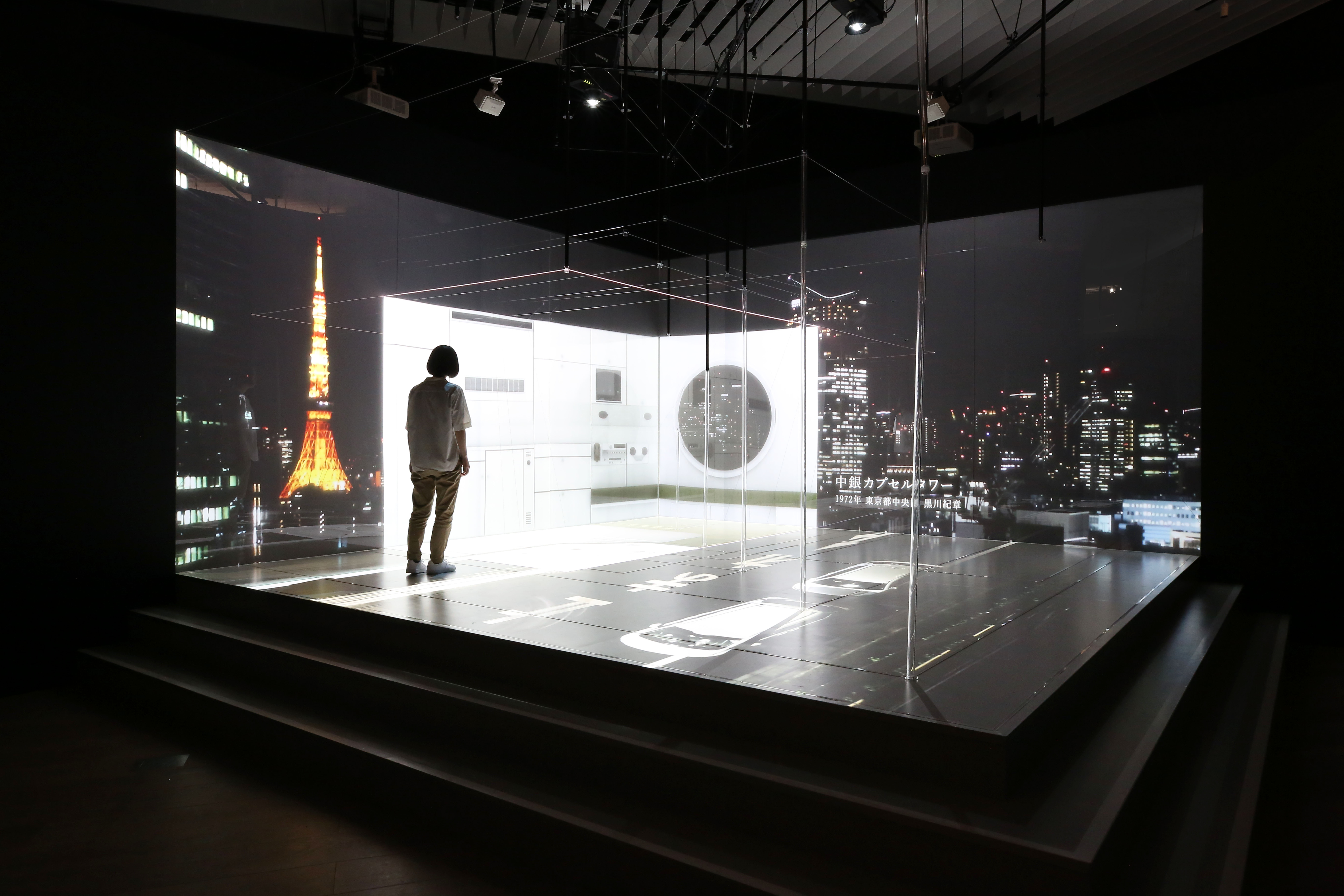Captivating Japanese Architecture that Wooed the World
April 25–September 17, 2018
6-10-1 Roppongi, Minato-ku
Tokyo
Japan
Hours: Monday and Wednesday–Sunday 10am–10pm
Tuesday 10am–5pm
The Mori Art Museum, Tokyo, is pleased to present Japan in Architecture: Genealogies of Its Transformation, a large-scale exhibition that opened on April 25 and will run until Monday, September 17, 2018.
Japanese architecture today attracts attention from all over the world. Numerous architects, from Tange Kenzo to Taniguchi Yoshio, Ando Tadao, Kuma Kengo, Sejima Kazuyo and other upcoming architects have received great international acclaim. Founded on rich traditions that have stretch back to ancient times, contemporary Japanese architecture encompasses exceptionally creative and original ideas and expressions.
Structured around nine sections based on key concepts for interpreting architecture in Japan today, Japan in Architecture traces the lineage of architecture from ancient times until the present, and explores the elements of genealogy—undermined by modernism, concealed beneath yet undeniably vital still. Featuring 100 projects and over 400 items from the oldest—Jōmon-period housing—to the latest contemporary architecture including projects currently underway and plans in the pipeline that include important architectural materials, models, and interactive installations, the wide-ranging exhibits illuminate not only the state of Japanese architecture in the past and present but a vision of the future.
Highlights
Full-scale replica of Sen-no-Rikyu’s Tai-an Tea House
A designated National Treasure connected to the tea master Sen-no-Rikyu, Tai-an is the oldest, still existing example of chashitsu (tea house) architecture in Japan. A spatial manifestation of the concept of wabi, it is an indispensable part of the Japanese culture. The exhibition includes a full-scale replica of Tai-an, allowing visitors to experience this famously small tea room.
Large 1/3-scale model of Tange Kenzo's house
The late architect Tange Kenzo known for his avocation of the beauty of functionality found inspiration in classical Japanese architecture such as the Katsura Imperial Villa. The design for his own home, which no longer exists and pioneered new possibilities for creativity in architecture, is recreated as a large-scale architectural model and in AR.
Experience Japanese architecture to scale in 3D
Courtesy of Rhizomatiks Architecture and the latest technology
Rhizomatiks, known for producing new media art based on the logical thinking and knowledge cultivated through architecture, in this show has unveiled a series of new, immersive installations employing the latest laser fiber and video technology to recreate Japanese spatial concepts of various scales in their actual dimensions.
Key academic documents from the history of Japanese architecture
The exhibition offers a multi-layered understanding of the architectural history through various resources. Examples include secret manuals for master carpenters that eventually leaked in pirated books during the Edo-period, study models produced for researching old Japanese architecture, Frank Lloyd Wright's Wasmuth Portfolio (1910), and a prewar chaise longue designed by Charlotte Perriand with straw to improve the lives of farmers in the northeastern Japan.
Book lounge featuring modernist furniture masterpieces
A number of original masterworks of furniture by luminaries of postwar modernism fill up a “Book Lounge” set up in the exhibition gallery. Visitors are able to touch and sit on them as they browse books.
The latest projects by Japanese architects working internationally
While showcasing projects completed in recent years like The National Taichung Theater by Ito Toyo (Taiwan, 2016); SHOGIN TACT TSURUOKA by SANAA (2017) and Ban Shigeru’s Mt. Fuji World Heritage Centre, Shizuoka (2017), plus works in progress such as Ishigami Junya’s House & Restaurant, it also contemplates the future by introducing team Timberize’s project plans of timber high-rises, suitable for urban environments.
Exhibition design meant to accommodate various levels of architectural literacy, allowing visitors to choose preferred level of details [of the exhibits]
Our exhibition designers have worked with young architects and graphic designers to come up with a totally new approach to exhibition design that takes into account the viewer's level of architectural literacy. The innovative configuration allows visitors to choose and view their preferred level of detail to match their personal understanding of the subject.




